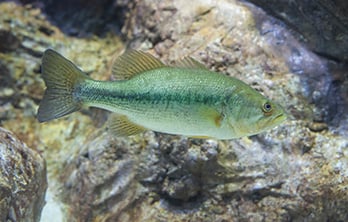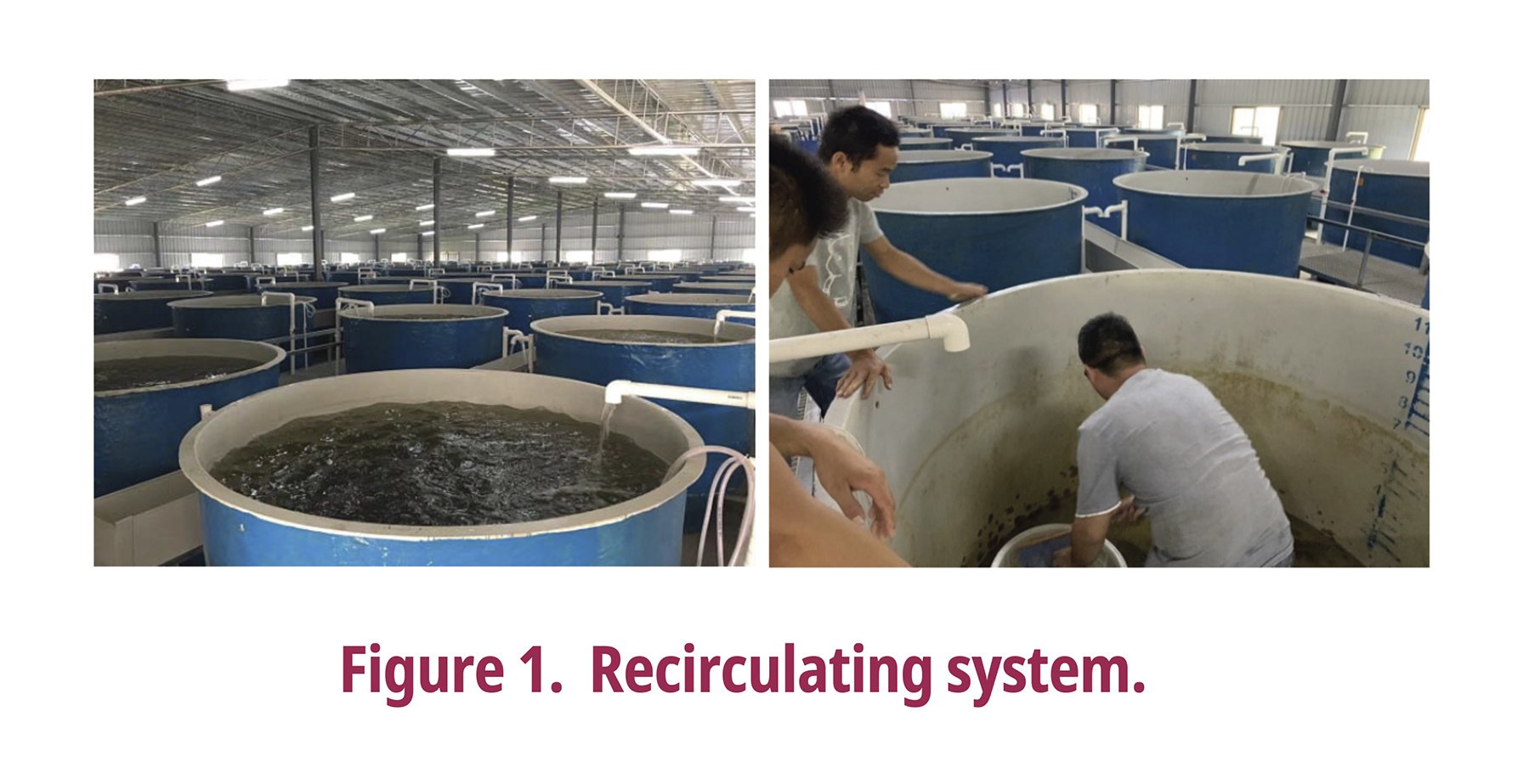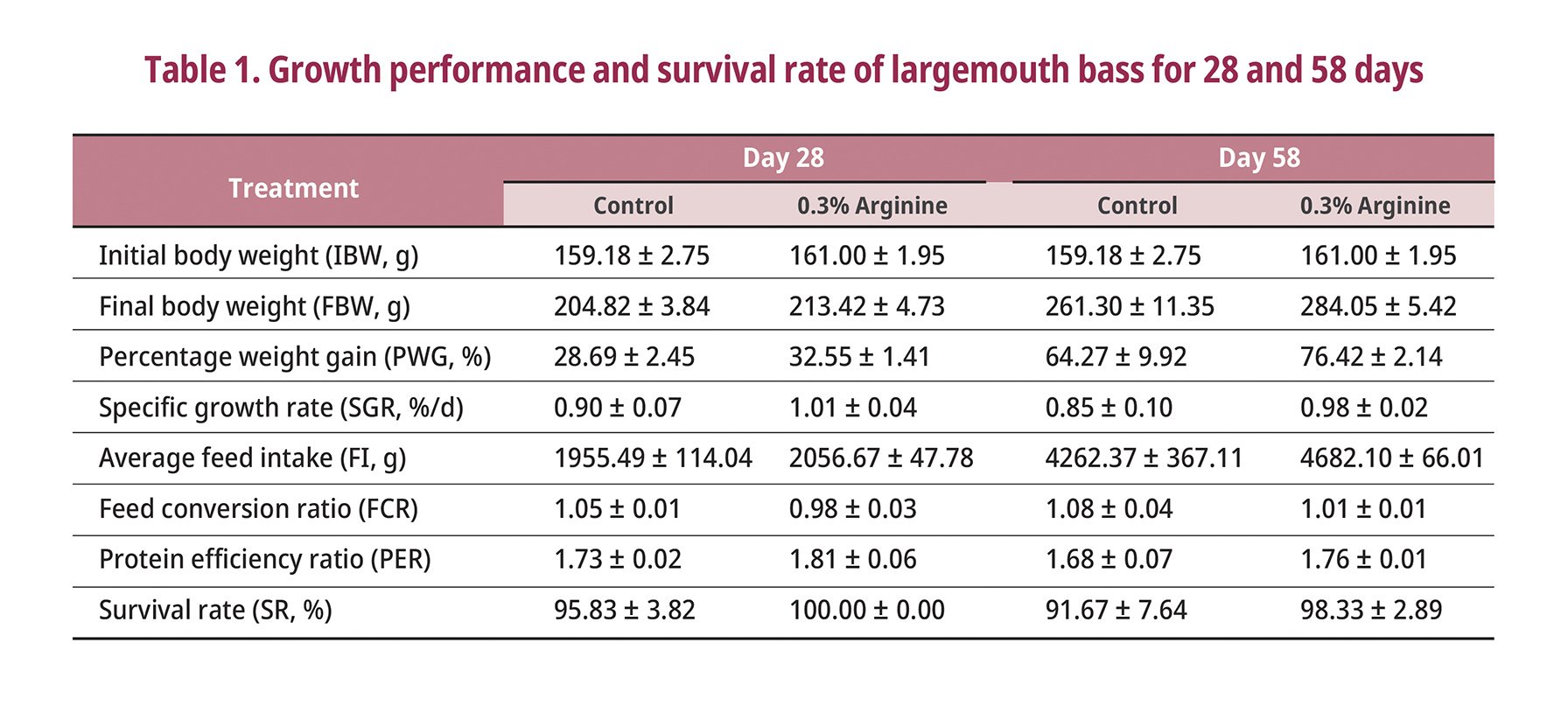L-arginine improved the growth performance and survival rate of largemouth bass
2020.07.15

INTRODUCTION
L-arginine is one of the essential amino acids in aquatic animals. Lack of L-arginine in feed will result in the decrease of protein synthesis in fish. L-arginine can be converted stoichiometrically into citrulline and nitric oxide by means of the enzyme nitric oxide synthase (Fernandes and Murakami,2010), and nitric oxide plays important role in immune regulation, intestinal repair, fat reduction, stress resistance and vasodilation. The requirement and function of L-arginine has been considered in the formulation after methionine and lysine in aquatic animals (especially in marine animals). However, fewer researches were done in largemouth bass except for Zhou et al. (2012), in which optimal dietary L-arginine requirement of largemouth bass (25 to 68 g) was reported between 1.98% and 2.20%. In addition, Harada et al. (1985) found that L-arginine is a strong attractant for yellowtail as like piscivorous species. Therefore, the objective of this study is estimating the effect of adding extra crystalline L-arginine in commercial diets on the growth performance and survival rate on largemouth bass.
Materials and methods
Diets
Diet of the control group was the commercial feed of Top 3 special aquatic feed company (Foshan Shunde Wanghai Feed Industry Co., Ltd) in China. The experimental diet was supplemented with 0.3% L-arginine, and supplemented with lysine and methionine. Diets were formulated at isoproteic (55% crude protein), isostarch and isolipidic (12% crude lipid), L-glycine was adjusted to maintain equal nitrogen content.
Fish and managements
All trials were conducted in a recirculating system consisting of 6 culture open‐top circular tanks with volume 2000 L/tank equipped with reservoir tank, biological filter, supplemental aeration and circulation pump (Fig. 1). Throughout the experimental period, water temperature remained between 29.4 and 32.2°C; pH was between 7.2 and 7.7; ammonia-nitrogen was between 0.3 and 2.0 mg/L; and dissolved oxygen was >6.0 mg/L. Fish were fed a fixed ration (>1.4% per wet weight) provided in two daily feedings (08:00 and 18:00 h) for 58 days.

At the start of the experiment, fish were fasted for 24 h and weighed. Fish of similar size (initial body weight 160.14.6 g) were randomly distributed among 6 tanks (40 fish per tank), and each of the two diets was assigned to three tanks (triplicate). At d 28 and at the end of the trial, fish were fasted for 24 h and then counted and batch‐weighed to calculate the final biomass, final body weight (FBW), percentage weight gain (PWG), specific growth rate (SGR), feed conversion ratio (FCR), percentage survival (SR), feed intake (FI) and protein efficiency ratio (PER). For determining the condition factor (CF), viscerasomatic index (VI), hepatosomatic index (HI) and fat body ratio (FBR) (Fig. 2), three fishes per tank were randomly chosen to measure body length and body weight, and then hepatopancreas and abdominal fat were dissected and weighed.

Results and discussion
Growth and survival rate
Fish fed diet with 0.3% crystalline L-arginine increased the FBW, PWG and SGR by 8.6g, 3.9% and 0.11%/day on day 28, and 22.8g, 12.2% and 0.13%/day on day 58, respectively. FI in L-arginine treatment group increased by 5.2% (day 28) and 9.8% (day 58). FCR and PER of fish fed diets with 0.3% L-arginine improved by 6.7% and 4.6% on day 28, 6.5% and 4.8% on day 58 as compare with control group, respectively. Meanwhile, supplemental arginine improved survival rate by 4.2% (day 28) and 6.7% (day 58) as compare with control group, respectively (Table 1).
The optimal L-arginine requirement of largemouth bass from 25 to 69 g body weight is between 1.98% and 2.20% (Zhou et al., 2012). The L-arginine amount of the commercial feed used in this trial was above 2.7%, however, fish with initial body of 150 g was used in current trial, which is more heavier than Zhou et al. (2012). It was implicated that more arginine would be needed by bigger largemouth bass.
In the present trial, additional extra 0.3% L-arginine can further improve the growth performance and survival rate, which is consistent with previous research findings that dietary L-arginine might be beneficial effects in growth and possibly in health. It was found that the survival rate of channel catfish supplemented with 2% L-arginine significantly improved under Edwardsiella challenge (Buentello et al., 2001). Dietary supplementation of L-arginine also improved the growth performance and survival rate of fish under heat or cold stress (salmon) and chronic stress (Senegalese sole) (Rahnama, 2010; Costas et al., 2011). Supplemented with 1% L-arginine effectively improved the intestinal mucosal barrier and growth performance of turbot in the high proportion soybean meal diet (Chen et al., 2018). Furthermore, Harada et al. (1985) found that L-arginine has a strong feeding-attraction effect in yellowtail (Seriola quinqueradiata).

Body index
Effects of L-arginine on the body index of largemouth bass are shown in table 2. No significant differences were found in CF, VI, HI and FBR on day 28 (p>0.05). However, on day 58, fish fed diet with 0.3% L-arginine decreased the all parameters, especially, the VI and HI in 0.3% L-arginine group was significantly lower than control group (p<0.05).
The above results strongly suggest that ingestion of 0.3% arginine in largemouth bass is effective for high growth, survival rate and low fat accumulation in the abdominal cavity and liver compared to the control group. This means that ingestion of 0.3% arginine in largemouth bass increases muscle mass with unnecessary fat accumulation in the abdominal cavity. This probably suggests an increase of the edible part (fillet). Result of final FBR of Largemouth bass was in consistent with Zhou et al. (2012), they found the crude lipid content of whole fish decreased by 4% (6.21% vs 5.96%) in the 8 weeks trials. By regulating gene expression of fatty acid synthetase, effects of L-arginine on reducing abdominal fat, increasing intramuscular fat, promoting muscle growth and protein deposition on livestock and poultry including aquatic animals also been widely demonstrated (Wu et al., 2011; Tan et al., 2009; Fouad et al., 2013).

CONCLUSION
Supplementation of 0.3% crystalline L-arginine in commercial largemouth bass feed increased growth performance and survival rate, and reduced abdominal fat accumulation.























